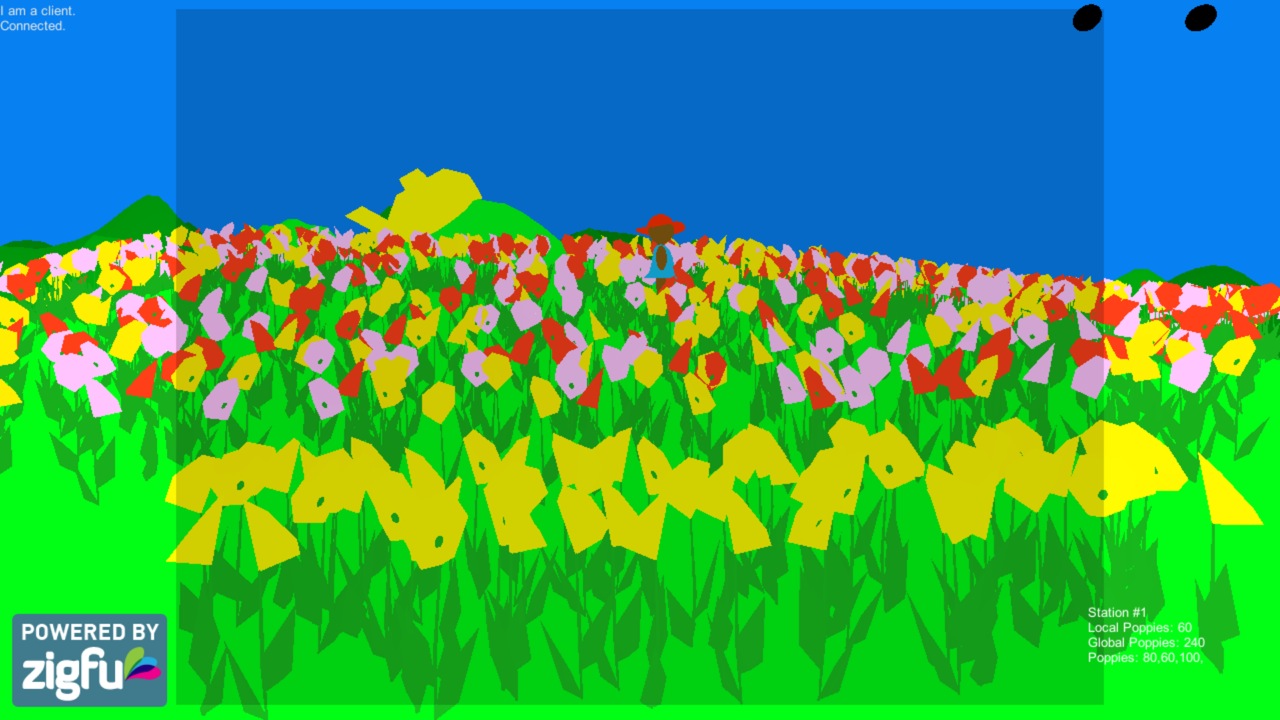A cooperative shouting game for phones and tablets ** Apple and Android devices can now play together over Wifi! Hooray! ** Do you like pushing buttons and shouting at your friends? Do you like discharging Clip-jawed Fluxtrunions? If you answered yes, or no, then you might have what it takes to be on a Spaceteam! Features: Teamwork An untimely demise… Read more →
Category: resources
What is Mrmr?
Mrmr is an ongoing open-source research project to develop a standardized set of protocols and syntax conventions to control live installations and multimedia performances via mobile devices. The project is currently spearheaded by Eric Redlinger, researcher-in-residence at Brooklyn Polytechnic University’s Integrated Digital Media Institute. Simply put, Mrmr is a technology that enables you to use ordinary cell phones and… Read more →
Brogramming on Storify
[View the story “Brogramming” on Storify] Brogramming (with tweets) · RafaelFajardo · Storify. Read more →
Unity – How to make a simple first person walkthrough
How to make a simple first person walkthrough Here’s how you can make a simple first person walk-through with your own artwork: Import your level. See here on how to import geometry from your art package into Unity. Select the imported model file and enable Generate Colliders in the Import Settings in the Inspector. Locate the Standard Assets->Prefabs->First Person Controller… Read more →
Teri makes a model T
Your browser does not support the video tag Read more →
Unity – Using live links to proprietary 3D file formats
Proprietary 3D application files Unity can also import, through conversion: Max, Maya, Blender, Cinema4D, Modo, Lightwave & Cheetah3D files, e.g. .MAX, .MB, .MA etc. Advantages: Quick iteration process (save the source file and Unity reimports) Simple initially Disadvantages: A licensed copy of that software must be installed on all machines using the Unity project Files can become bloated with unnecessary… Read more →
Unity – Asset Workflow
Create Rough Asset Use any supported 3D modeling package to create a rough version of your asset. Our example will use Maya. Work with the asset until you are ready to save. For a list of applications that are supported by Unity, please see this page. http://docs.unity3d.com/Documentation/Manual/HOWTO-importObject.html Import When you save your asset initially, you should save it normally to… Read more →
Microsoft Is Teaching Kinect to Understand Sign Language [VIDEO]
Microsoft Is Teaching Kinect to Understand Sign Language via Mashable. Microsoft researchers are working on ways to use the Kinect’s body-reading capabilities to understand sign language inputs. Microsoft Research Asia and the Chinese Academy of Sciences’ Institute of Computing Technology has collaborated to use the Kinect to help with computer sign-language recognition. As shown in the video above, they’ve demonstrated… Read more →
Unity – Modeling Characters for Optimal Performance
Modeling Characters for Optimal Performance Below are some tips for designing character models to give optimal rendering speed. Use a Single Skinned Mesh Renderer You should use only a single skinned mesh renderer for each character. Unity optimizes animation using visibility culling and bounding volume updates and these optimizations are only activated if you use one animation component and one… Read more →
3D Modeler Overview for Unity3D
Modeling Maya and Unity have a 1:1 scale ratio, which is in Meters. A 1x1x1 meter cube in Maya is equal to a 1x1x1 cube in Unity. However, Unity imports models at a 0.01 scale. Import Scale can be changed in the Import Settings in the Inspector. Try to keep the model’s polygon count under 6000 triangles (see Figure 1)… Read more →
